Variable Charge Double Ring Infiltrometer of the Müntz Type – Easy to Implement
- EASY MEASUREMENT OF SURFACE WATER INFILTRATION: The Müntz method of this infiltrometer allows easy measurement of the rate of water infiltration at the soil surface, making this device ideal for various applications.
- COMPACT AND ROBUST DESIGN: The infiltrometer, consisting of a single piece, is easy to transport and install, thanks to its sturdy and compact construction.
- ACCURATE MEASUREMENTS WITH TRIPLE RINGS: Equipped with triple rings, the infiltrometer offers representative average measurements of the superficial soil horizons, particularly useful for gravity irrigation recommendations.
- COMPLETE KIT FOR OPTIMAL USE: The set includes a double-ring infiltrometer with essential accessories such as a graduated float, a guide for the float, a rebound-free hammer, and a stopwatch.
- VERSATILE APPLICATIONS: The infiltrometer is crucial for assessing infiltration capacity in various contexts such as irrigation installations, soil permeability study, and the usability of sports fields.
– What is Measured? –
The rate of water infiltration into the soil: The double-ring infiltrometer is a simple instrument used to determine the water infiltration capacity of the soil. Infiltration capacity is defined as the amount of water, per surface area and unit of time, that penetrates the soil. This capacity can be calculated based on the measurement results and using Darcy’s Law.
– The Principle –
The double-ring infiltrometer is a key instrument for determining the water infiltration capacity of the soil, crucial for irrigation and drainage projects, drainage study, the effect of soil tillage, and determining the intensity of artificial precipitation. It is also used to study soil permeability, manage irrigation, and evaluate the usability of sports fields.
The duration of measurements made with the double-ring infiltrometer is closely related to the structure and texture of the analyzed soil. For example, measuring the rate of water infiltration in sandy soil is much quicker, requiring only a few to ten minutes, compared to clay soil where the same measurement can take several hours to several days.
Similarly, an infiltration measurement on aerated soil, such as tilled soil, is much faster than on compact soil of similar texture. These differences highlight the importance of considering specific soil characteristics when using the infiltrometer to obtain accurate and reliable results.
– Variable Charge Double-Ring Infiltrometer of the Müntz Type –
This Müntz method easily measures the rate of water infiltration at the soil surface. The device, consisting of a single piece, is easy to transport and install. It is equipped with triple rings to obtain a representative average of infiltration measurements, particularly in the superficial horizons of the soil, and is ideal for gravity irrigation recommendations, ensuring high accuracy of results.
– Composition of the Set –
The set includes a double-ring infiltrometer with inner diameters of 11 and 32 cm for the measurement and guard rings, a float with a graduated rod or a graduated column, as well as a guide for the float or column. A rebound-free hammer and a stopwatch can be provided upon request, completing the equipment for optimal use.
– Measuring Surface Soil Infiltrability –
The double-ring infiltrometer is a simple device intended to determine the rate of water infiltration in soils.
This device measures the soil’s permeability in its vertical component. The vertically infiltrated water normally spreads in a bulb shape, i.e., towards the sides. The double-ring system prevents lateral flows, with the outer guard ring serving as a separator.
The flow in the central ring is thus vertical thanks to the outer ring. The flow of water in the outer, “guard” ring has the following advantage: the deeper the water penetrates into the soil, the wider the infiltration zone due to capillary forces. The water entering the soil from the central ring is not affected by this lateral circulation. The infiltrometer can be used on the surface for “standard” soils (permeability from 10-5 cm.s-1 to 10-2 cm.s-1).

– Applications –
The infiltrometer is essential for evaluating infiltration capacity in various contexts, such as irrigation installations, soil permeability study, irrigation, and the usability of sports fields. Its use is crucial for understanding and efficiently managing water in different environments.
– Advantages –
The device offers increased accuracy thanks to its triple rings, allowing infiltration measurements in the superficial layers of the soil and proving perfect for gravity irrigation recommendations. Its constant charge design ensures high precision in the results obtained.
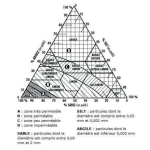
– Obtaining Results –
The duration of the measurement depends on the soil structure and texture. For example, a measurement on sandy soil is faster (a few minutes) compared to clay soil (which can take several hours or days). Similarly, aerated (tilled) soil allows faster infiltration than compact soil with a similar texture.
Additional information
| Central Ring Diameter | 11 cm |
|---|---|
| Outer Ring Diameter | 32 cm |
| Height of the Rings | 18 cm |
| Total Height | 25 cm |
| Net Weight | 7,8 kg |
| Rings | Stainless steel with microblasting finish |
| Double-Ring | 5 mm |
| Method | Double-ring |










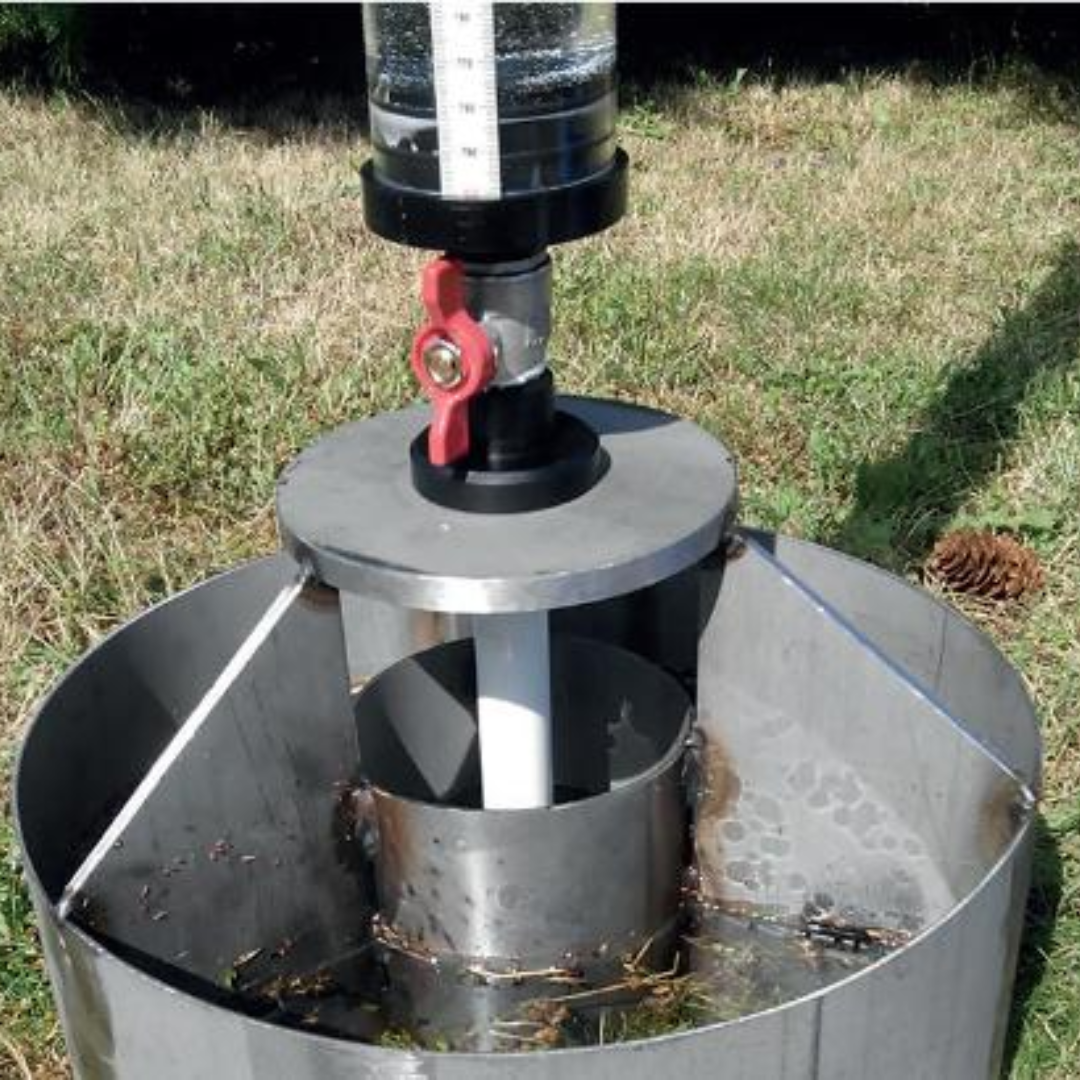
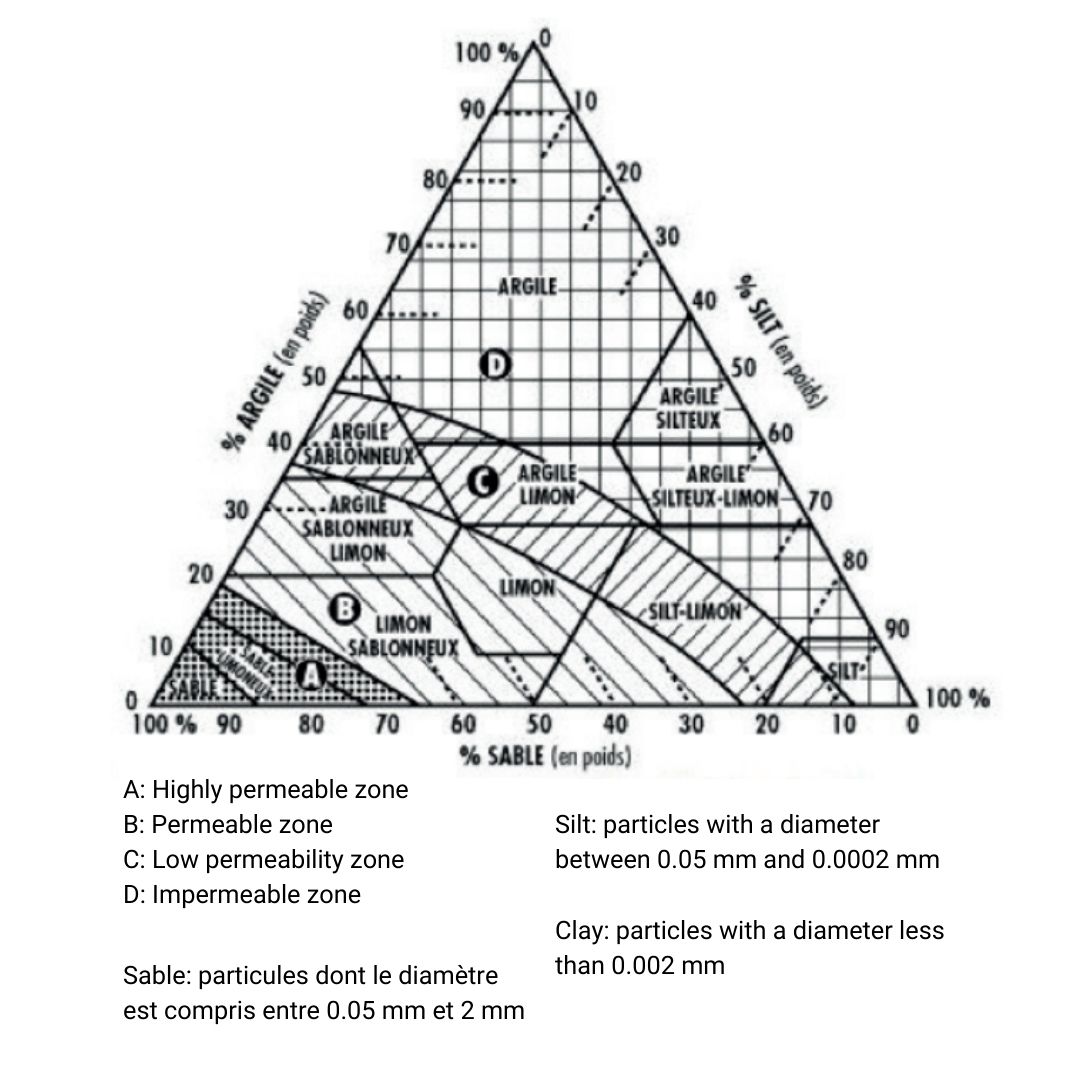
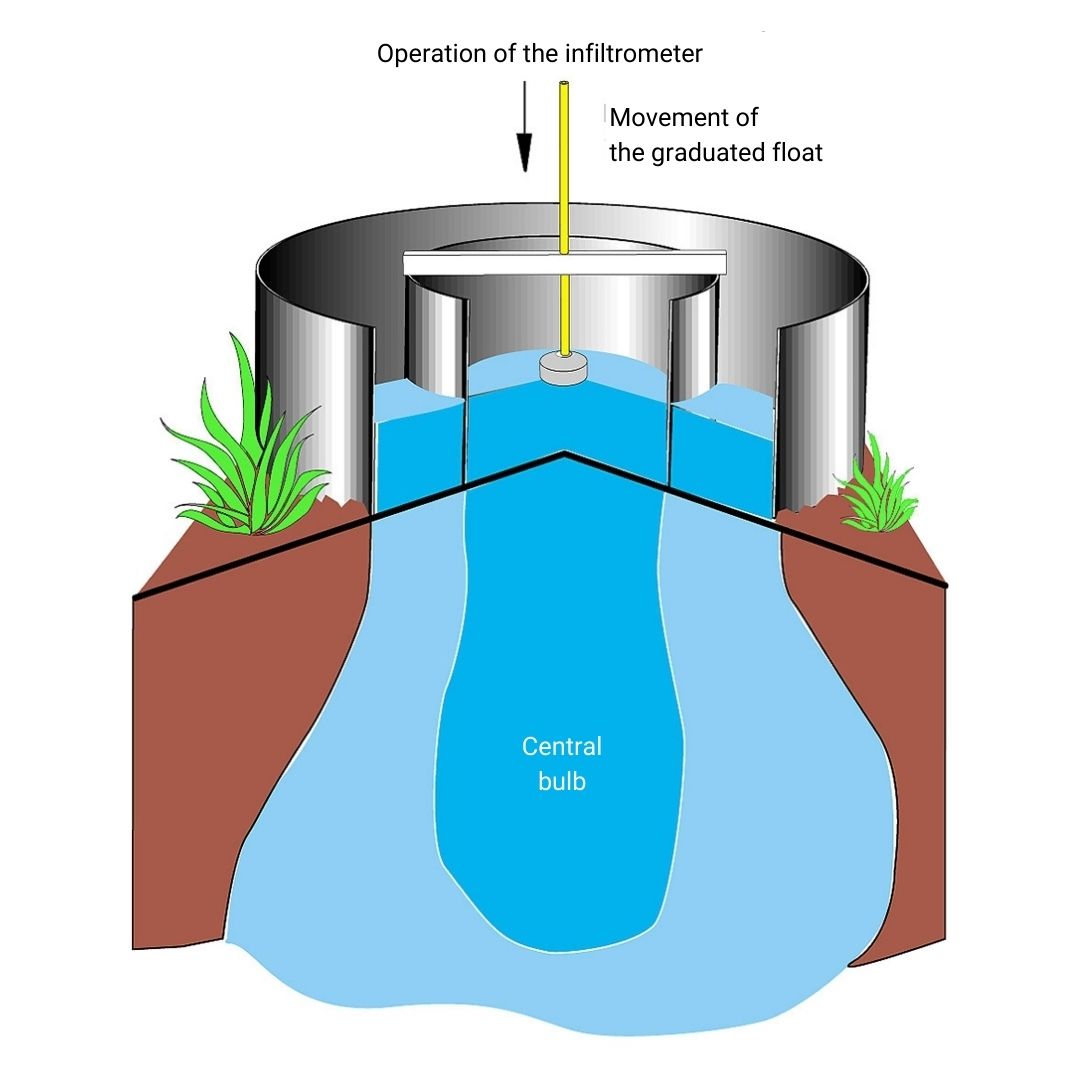

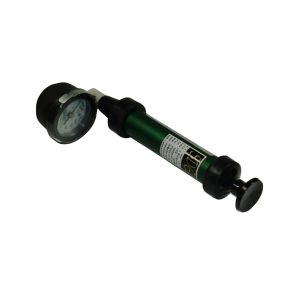
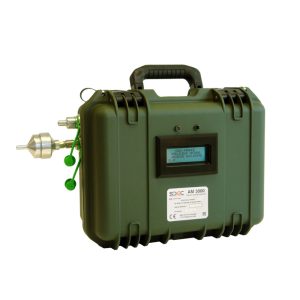
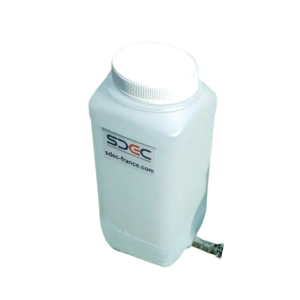
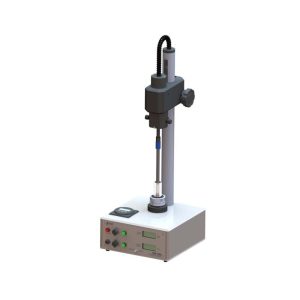
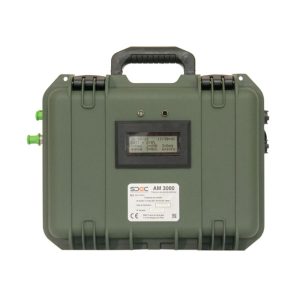
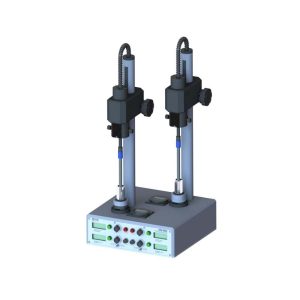
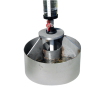
Reviews
There are no reviews yet.